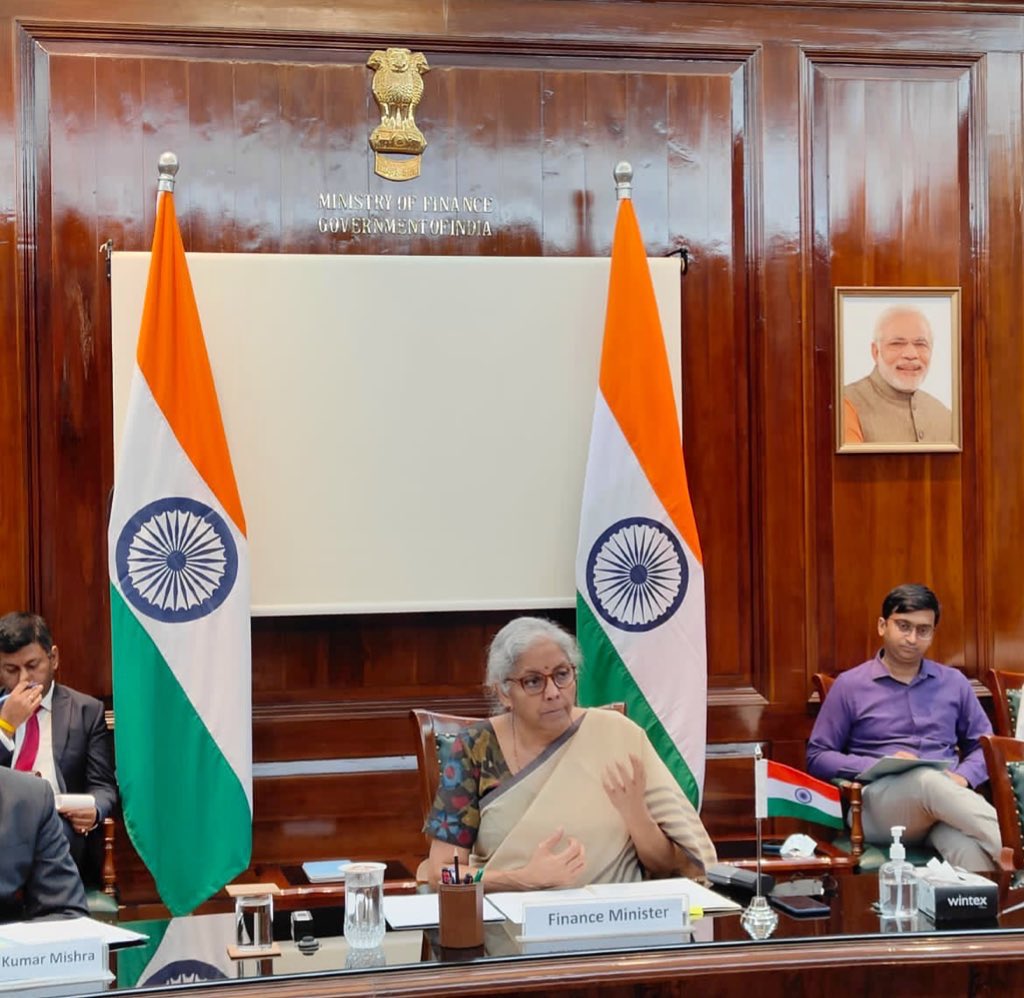India ranks 23rd on external debt globally

By Our Special Correspondent
New Delhi, September 5: India remains the 23rd country with most foreign debts. India remains grouped in the low and middle income countries, while India’s sovereign debt remains about one-fifth of the total external debt.
The Finance Ministry in its 28th edition of the Status Report on India’s External Debt 2021-22 stated that India’s total liability is $ 620.7 billion as at end-March 2022, growing by 8.2 per cent over $ 573.7 billon as at end-March 2021.
Unlike Sri Lanka and Pakistan, India’s sovereign debt is minimal, as major chunk of the liability is on account of the private sector borrowings and the remittances.
“While 53.2 per cent of the foreign debt was denominated in US dollar, Indian rupee denominated debt, estimated at 31.2 per cent, was the second largest,” said the Ministry of Finance in the report.
External debt as a ratio to GDP fell marginally to 19.9 per cent as at end-March 2022 from 21.2 per cent a year ago.
Foreign currency reserves as a ratio to external debt stood slightly lower at 97.8 per cent as at end-March 2022 than 100.6 per cent a year ago.
Another silver lining is that the external debt is mostly of the long term nature at $ 499.1 billion, constituting 80.4 per cent, while the short-term debt, at S$ 121.7 billion, accounted for 19.6 per cent of the total.
“The short-term trade credit was predominantly in the form of trade credit (96 per cent) financing imports,” added the report.
Commercial borrowings (CBs), NRIs deposits, short-term trade credit and multilateral loans together accounted for 90 per cent of the total external debt, further stated the report.
While NRI deposits marginally contracted during end-March 2021 and end-March 2022, commercial borrowings, short-term trade credit and multilateral loans, on the other hand, expanded during the same period, added the report, which also noted that the rise in CBs, short-term trade credit and multilateral loans together was significantly larger than the contraction in NRI deposits.
“As at end-March 2022, sovereign external debt (SED) amounted to $ 130.7 billion, increasing by 17.1 per cent over the level a year ago, reflecting the additional allocation of SDRs by the IMF during 2021-22. SDRs rose to $ 22.9 billion from $ 5.5 billion as at end-March 2021. FPI holding of G-Sec, on the other hand, slid to $ 19.5 billion from $ 20.4 billion a year ago,” added the report.
SDR is the special drawing rights of the member countries of the IMF.
Non-sovereign external debt, estimated at $ 490.0 billion as at end-March 2022, posted a growth of 6.1 per cent over the level a year ago. CBs, NRI deposits, and short-term trade credit accounted for about 95 per cent of non-sovereign debt, added the report.
The short-term trade credit rose substantially by 20.7 per cent to $ 117.4 billion as at end-March 2022 on the back of a surge in imports during 2021-22.
The debt service ratio fell to 5.2 per cent during 2021-22 from 8.2 per cent during 2020-21 due to buoyancy in current receipts and a decline in debt service payments.
The debt service payment obligations arising out of the stock of external debt as at end-March 2022 are projected to trend downwards over the coming years.
“In a cross-country perspective, India’s external debt is modest, occupying 23th position globally. In terms of various debt vulnerability indicators, India’s sustainability was better than the Low-and-Middle Income Countries (LMICs) as a group and vis-à-vis many of them individually,” added the Ministry.








